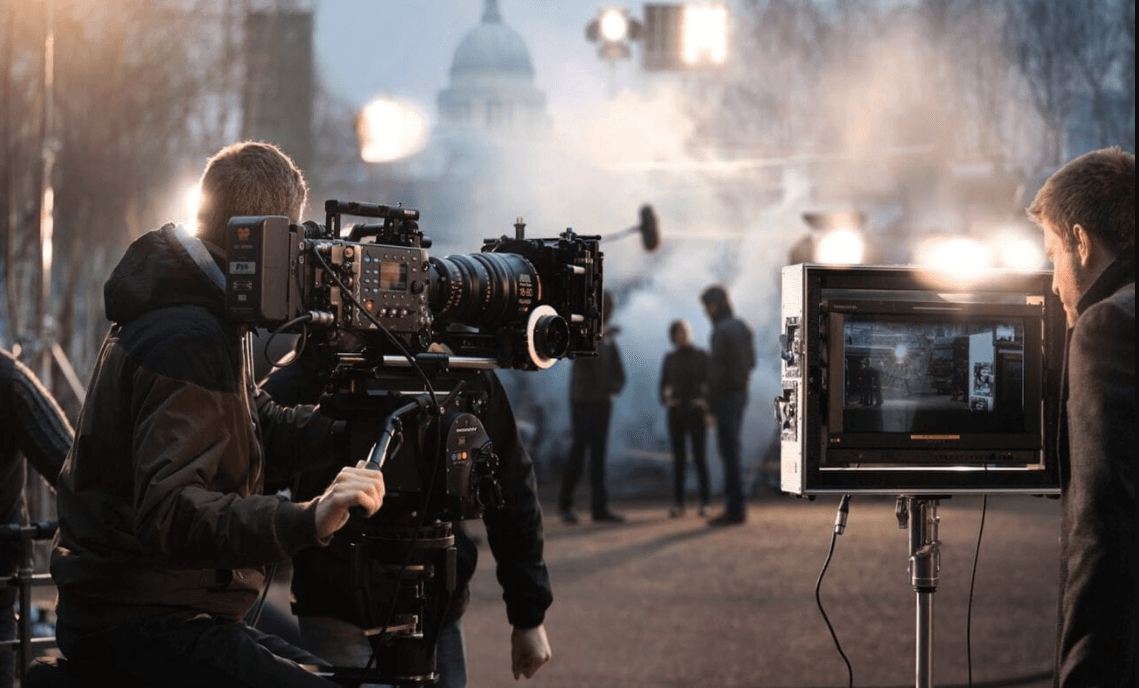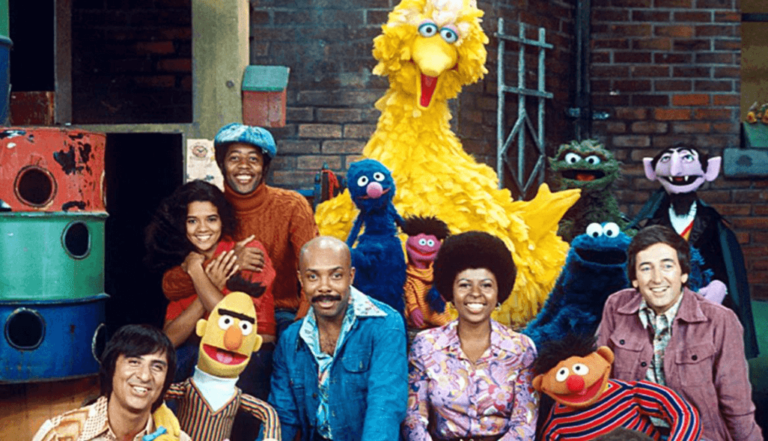The Evolution of Cinema: How Movies Have Changed Over the Decades
The evolution of cinema reflects significant shifts in technology, culture, and narrative techniques. From the silent film era’s reliance on visual storytelling to the Golden Age’s introduction of sound and color, each phase transformed audience engagement. The New Wave of the 1960s and 70s challenged established norms, paving the way for modern expressions in the digital age. This ongoing transformation raises questions about the future direction of cinema and its role in society. What lies ahead?
The Birth of Cinema: Silent Films and Early Innovations
The dawn of cinema marked a pivotal moment in the evolution of storytelling, as the silent film era laid the groundwork for visual narrative techniques that would shape the medium for generations.
Silent storytelling relied heavily on early cinematography, utilizing expressive visuals and innovative editing to convey complex emotions and plots without dialogue, thus inviting audiences to engage their imagination and interpret meaning through visual cues alone.
See also: How Soundtracks Shape the Emotional Experience in Movies
The Golden Age of Hollywood: The Rise of Sound and Color
As filmmakers embraced the introduction of synchronized sound and vibrant color, the Golden Age of Hollywood emerged as a transformative period that redefined cinematic storytelling.
This era, driven by advancements in sound technology and color cinematography, allowed for richer narratives and deeper emotional engagement.
The combination of auditory and visual elements captivated audiences, establishing a new standard for the cinematic experience and influencing future film production.
The New Wave: Breaking Conventions in the 1960s and 70s
Cinema underwent a radical transformation during the New Wave movement of the 1960s and 70s, challenging established norms and embracing innovative storytelling techniques.
The French New Wave exemplified this shift through experimental storytelling and a focus on cinematic realism. Directors adhered to the auteur theory, shaping their films with personal vision, resulting in a fresh narrative style that liberated audiences from traditional cinematic constraints.
The Digital Revolution: Modern Filmmaking and Streaming Era
Transformation in filmmaking has been profoundly influenced by the digital revolution, which fundamentally altered production, distribution, and consumption of films.
Digital storytelling emerged as a powerful medium, allowing filmmakers to craft immersive narratives.
Additionally, advancements in virtual reality have redefined viewer engagement, enabling audiences to experience stories in unprecedented ways.
This era emphasizes accessibility, democratizing filmmaking and reshaping the cinematic landscape for creators and consumers alike.
Conclusion
The evolution of cinema reflects an ongoing dialogue between technology and storytelling, between tradition and innovation. From the silent film era, where visuals spoke volumes, to the Golden Age, which harmonized sound and color, and on to the New Wave’s bold experimentation, cinema has continuously adapted. Today, in the digital age, filmmaking is more accessible and diverse, allowing for varied narratives that resonate with contemporary society. Thus, cinema remains a powerful medium, evolving yet ever reflective of the human experience.




